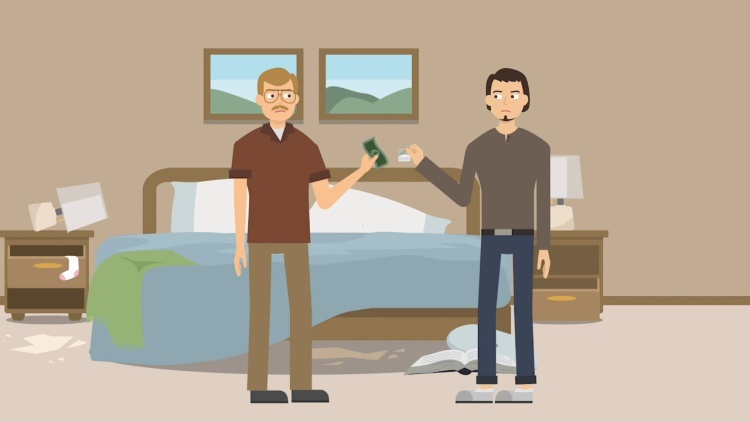United States v. Brown
United States Court of Appeals for the Second Circuit
776 F.2d 397 (1985)
- Written by Rose VanHofwegen, JD
Facts
Undercover officer William Grimball pretended to be a heroin addict looking for a fix as part of a Harlem police sweep. He approached Gregory Valentine on a street corner and asked for a “joint of D,” a Harlem street term for a quarter of heroin worth $40. Valentine asked who Grimball knew around the street. Grimball mentioned someone who was unknown to Valentine. Ronald Brown (defendant) came up, and Valentine explained the situation. Brown looked at Grimball and said, “He looks okay to me.” Valentine agreed but said he would leave the joint somewhere for Grimball to pick up. Brown said, “You don’t have to do that. Just go ahead and get it for him. He looks all right to me.” Brown looked Grimball over again and repeated that he looked all right. Valentine took Grimball to a hotel, came out with heroin, and exchanged it for cash, which had prerecorded serial numbers. The backup field team arrested Valentine and Brown shortly afterward. When arrested, Valentine had some heroin and prerecorded bills on him, but Brown had only $31 of his own money and no drugs. The prosecution (plaintiff) nonetheless charged Brown with conspiring to distribute, conspiring to possess with intent to distribute, and aiding and abetting distribution of heroin. The court tried Brown separately and qualified Grimball as an expert on street drug trafficking. Grimball testified that Harlem drug sales typically involved two to five people, and that frequent police sweeps made Harlem dealers use steerers to determine whether someone was a true heroin addict or user rather than an undercover cop. Grimball explained that steerers were responsible for deciding whether a drug buy would go down. The jury convicted Brown of conspiracy but deadlocked as to aiding and abetting distribution. Brown appealed on sufficiency-of-evidence grounds.
Rule of Law
Issue
Holding and Reasoning (Friendly, J.)
Dissent (Oakes, J.)
What to do next…
Here's why 899,000 law students have relied on our case briefs:
- Written by law professors and practitioners, not other law students. 47,000 briefs, keyed to 994 casebooks. Top-notch customer support.
- The right amount of information, includes the facts, issues, rule of law, holding and reasoning, and any concurrences and dissents.
- Access in your classes, works on your mobile and tablet. Massive library of related video lessons and high quality multiple-choice questions.
- Easy to use, uniform format for every case brief. Written in plain English, not in legalese. Our briefs summarize and simplify; they don’t just repeat the court’s language.







